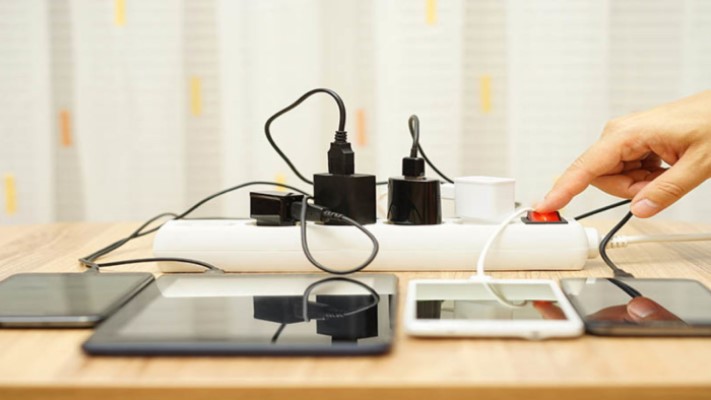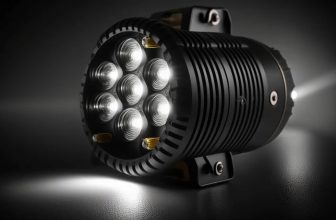
In this article, we’ll cover the safety precautions that should always be followed when repairing your electrical system. We’ll cover personal protective equipment (PPE), using the correct fuse for the circuit, and how to clean exhaust fans. You’ll be surprised to know that a simple electrical repair can have far-reaching implications! We’ll also discuss how to avoid downed power lines. And last but not least, you need to be careful when you’re working with live wiring.
Personal protective equipment
There are many different types of personal protective equipment that are necessary for a technician to wear while doing repairs to electrical equipment. Personal protective equipment includes rubber gloves and line hoses, as well as insulating barriers made of fiberglass or phenolic resin. These items must be cleaned before each use and maintained as prescribed by the manufacturer. An overall simplified system of protective clothing is also recommended, which provides the basic level of protection that technicians need while performing electrical repairs.
To make sure that workers are protected from injury and harm, the workplace should be assessed for potential hazards and then PPE must be selected appropriately. These pieces of PPE include a safety suit, a helmet, and eye protection. It is important to follow OSHA guidelines and properly train employees to use these items to keep them safe. In addition to using the right PPE, employees should also be trained in the proper use and maintenance of the equipment.
Using the right fuse for the circuit
Fuses are safety devices built into electrical systems. If you operate too many appliances on a single circuit, the cable can become extremely hot, short circuit, or even catch fire. Fuses and circuit breakers prevent this from happening by tripping or blowing. Fuse ratings are measured in amps, and a 15-amp circuit breaker will trip when it reaches 15 amps. A 20-amp fuse should blow when the load exceeds 20 amps.
There are three basic types of plug fuses available: ordinary, low-voltage, and high-voltage. Most lighting circuits require 15-amp fuses, while larger appliances may require higher amperage fuses. Ordinary fuses are fine for basic outlets, but they can cause fires if they overheat. In addition, fuses marked with P or D are designed to blow if the circuit panel overheats or electric motors start.
Avoiding downed power lines
When doing electrical repairs, a few safety precautions should be kept in mind. First, never touch a downed power line. The voltage will decrease the further away you get from the downed wire. You can also be electrocuted by touching a tree branch that has fallen onto a power line. You should call 911 immediately to seek emergency assistance and avoid touching downed power lines.
Water is a conductive material, and touching a downed power line may result in a shock. It is best to stay at least 100 feet away. This distance is equivalent to the distance between two semi-trucks. A good rule of thumb is to leave a car window closed while performing electrical repairs. If you’re unsure, call a professional electrician to handle the job.
Cleaning exhaust fans
Before you begin cleaning exhaust fans for safe electrical repairs, you must ensure that the fan is off. This is because some fans have exposed electrical parts. After cleaning the fan, it is advisable to switch the electrical outlets back on. After cleaning the fan, you should use a mild cleanser to clean the blades. You can use a microfiber cloth to clean the fan blades as well. If you are unsure how to clean an exhaust fan, consult a professional.
When cleaning exhaust fans, you should pay special attention to the other components. If you neglect to clean other parts of the fan, you might end up causing more damage. You should also pay attention to other parts of the fan, such as the motor, to prevent any damage. Grease and other materials can clog these parts, reducing the efficiency of the fan. Therefore, you should disconnect the extractor fan from the power source.
Using a multimeter
When working with electricity, it is important to use a multimeter properly and safely. Luckily, there are a variety of multimeters available on the market and they all have different applications. Before you get started, though, you should familiarize yourself with how these meters work so you can do safe electrical repairs. For instance, you can use a multimeter to test batteries and loose connections. To do this, you need to turn the digital display to its highest DCV setting. Then, connect the red probe to the positive terminal and the black probe to the negative terminal. The digital display will indicate the voltage.
Before using a multimeter, it is important to perform a continuity test on the system to make sure it’s safe to operate. A continuity test is a good way to ensure that no component is tripped while powering a prototype. It can also identify a significant amount of capacitance in the power system. This is because a multimeter looks for low resistance and an open connection. Capacitance is a type of electrical component that acts like a short for a split second and then turns into an open connection when filled with energy.
Using a circuit breaker
Using a circuit breaker is a necessary part of making electrical repairs safely. Whether a safety switch has tripped or your electrical panel has overloaded, the breaker should be reset to its original setting. If you notice that the breaker has tripped again after an electrical repair, you may have a temporary problem. This can be a result of heavy rainfall, an electrical fault, or a temporarily overloaded outlet. To resolve this issue, you will need to do a thorough examination of the electrical system.
Whether it’s a malfunctioning appliance or a faulty electrical system, a tripped circuit breaker should be inspected immediately. This is especially true if the appliance has a short circuit. Short circuits are dangerous and can cause fires, so you should proceed with caution. If you can’t figure out the source of a tripped circuit, you should seek professional help.




